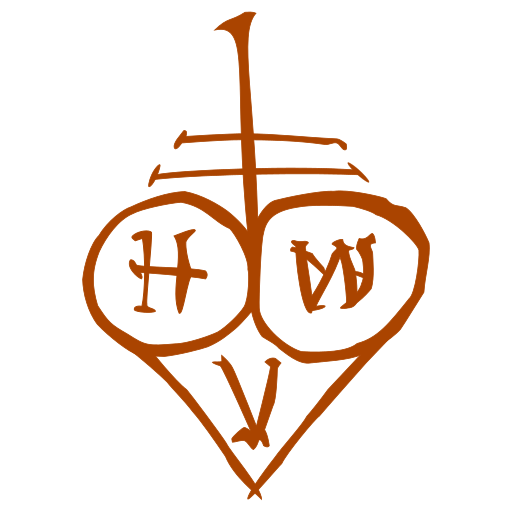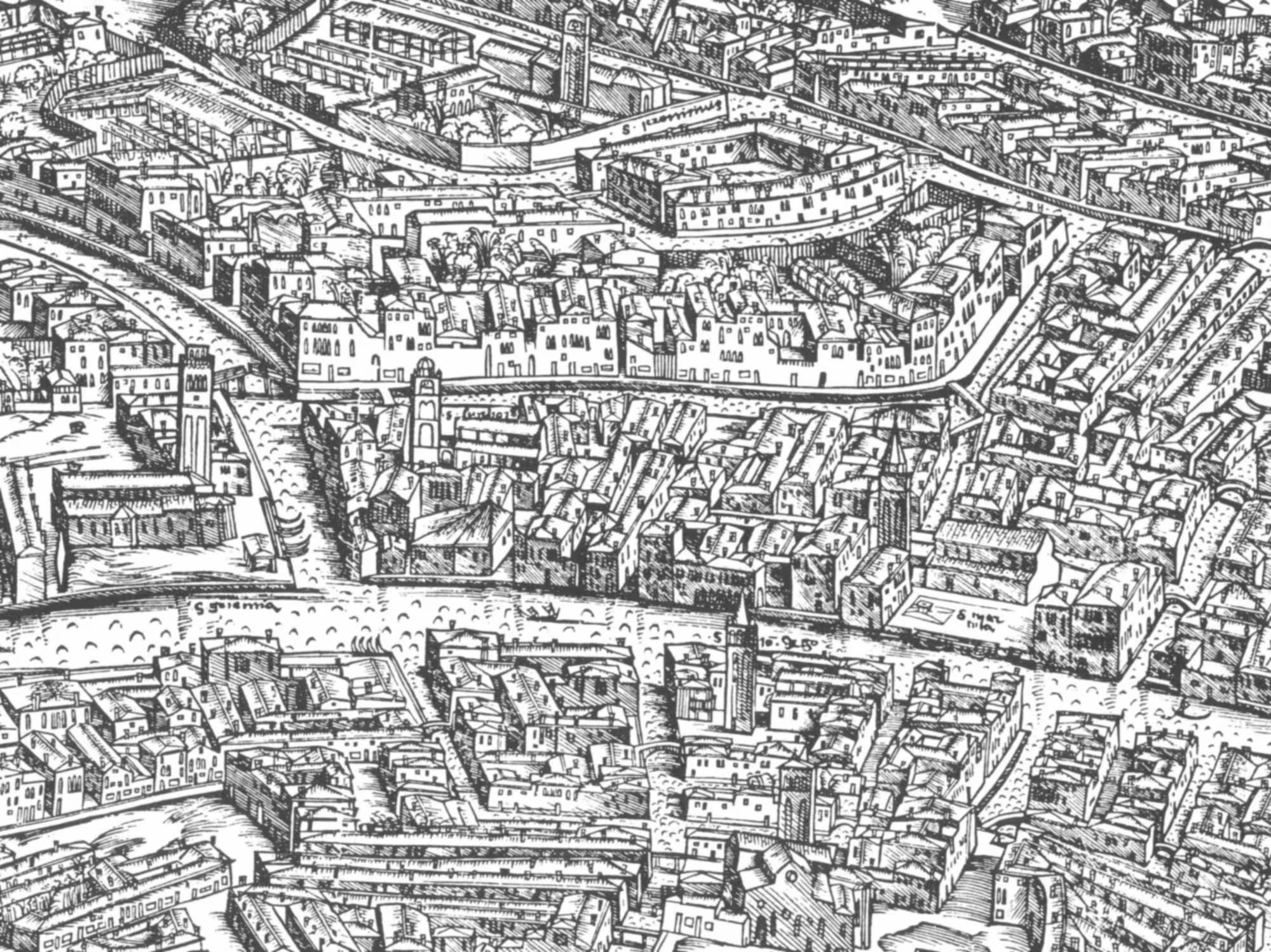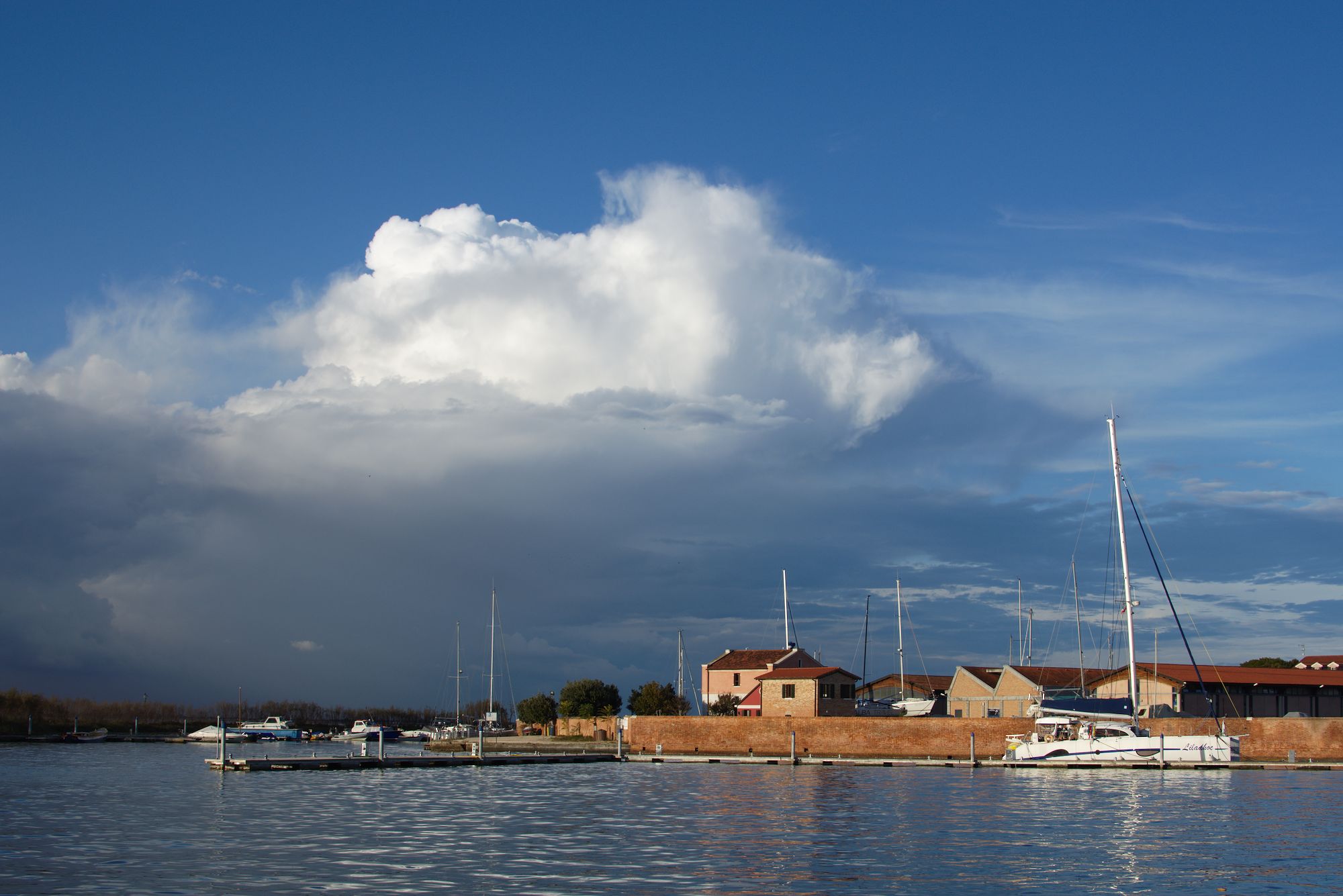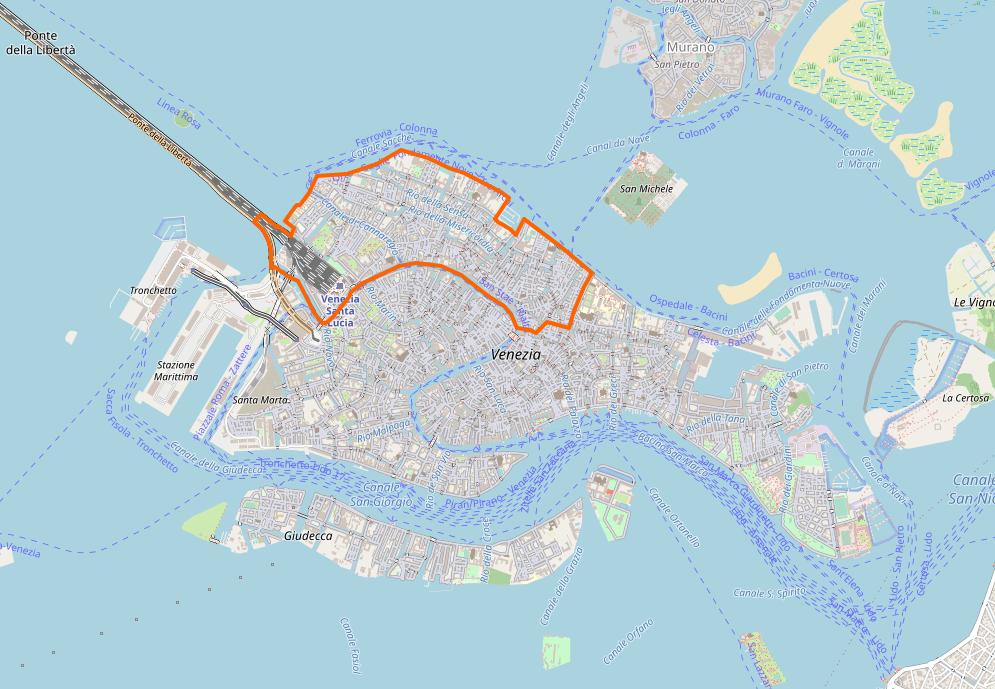Some of the main events in the life and career of Jacopo Tiepolo, the 43td doge of Venice, 1229–1249.
- Before 1170 — Born to Pietro Tiepolo and unknown mother
- c. 1190 — Young merchant on the routes to Constantinople, with financing from Pietro Ziani, son of doge Sebastian Ziani
- 1196 — In the Dardanelles, during a mutiny of a merchant fleet
- 1205 — One of the forty electors of doge Pietro Ziani.
- 1207 — Appointed Giudece del Comune — later called Giudice al Forestier, one of the six tribunals residing in the Doge’s Palace, which adjudicated many commercial cases between Venetians and foreigners.
- 1209 — Appointed Duca di Candia — governor of the recently acquired island of Crete. The island is in rebellion, as the local elite didn’t want to be under Venetian rule.
- 1211–1212 — Naval reinforcements from Venice to aid Tiepolo putting down the rebellion. He didn’t succeed, and had to as Marco Sanudo (of the Duchy of Naxos) for help, who succeeded, and tried to keep the island for himself
- 1213 — Tiepolo negotiate a deal with Sanudo, which leaves Crete to the Republic.
- 1214 — Tiepolo returned to Venice, after a longer than usual tenure (it should probably have been three years, like other Podestà and Rettori).
- 1218 — Appointed to two-year term as Podestà in Constantinople.
- 1219, August — Negotiated autonomously a treaty with Teodoro I Lascaris of Nicaea, the principal opponent of the Latin Empire, to give peace and safety to Venetian trade in the region.
- 1219, September — Iolanda of Flanders, empress and regent of the Latin empire, died, and Tiepolo obtained guarantees from the regent Conon of Béthune, with whom he collaborated closely.
- 1220, March — Negotiated autonomously a similar treaty with Kayqubad I, Sultan of the Seljuk Turks in Anatolia.
- 1221, January — Emissary to the Papal court in Rome, as witness to the renunciation by the Latin Patriarch of Constantinople of ecclesiastical jurisdiction over church institutions in the Venetian controlled parts of the Latin Empire, in favour of the Patriarch of Grado.
- 1221, autumn — Appointed Podestà over Treviso, where he made an unfavourable treaty with the Patriarch of Aquileia, who had attacked the Mark of Treviso.
- 1223, early — In Rome to obtain relief from some ecclesiastical taxes imposed on the Venetians residents in the Latin Empire.
- 1223, autumn — Appointed extraordinarily to a second term as Podestà in Constantinople.
- 1224, February — Obtained commercial and taxation privileges for the Venetians from Latin emperor Robert of Courtenay, ensuring Venetian dominance over trade in the capital.
- 1227, spring — Diplomatic mission to Rome
- 1227, autumn — Again Podestà of Treviso.
- 1228 — Tiepolo member of the Minor Consiglio — la Signoria.
- 1229, February — Doge Pietro Ziani abdicated, voluntarily or not, and Tiepolo was one of the shortlisted candidates. The forty electors split 20–20 between Tiepolo and Marino Dandolo, son of Enrico Dandolo who conquered Constantinople. Repeated votes didn’t change the result.
- 1229, March 6th — The deadlock was resolved by drawing lots, and Tiepolo became doge.
- 1229 — The Consiglio dei Pregadi formally instituted, later called the Senate.
- 1229 — Reforms of the laws of commerce.
- 1232 — Reforms of criminal law.
- 1232 — Holy Roman Emperor Frederick II in Venice, but cold reception by Tiepolo, as the fifth? Crusade had damaged Venetian interests in the Latin Empire. Frederick II wanted an alliance against the Papal State and the communes, but obtained nothing.
- 1232 post — Venice allied with the Papal State and the communes against the Holy Roman Empire.
- 1237 — Battle of Cortenuovo, victory to Frederick II.
- 1238 — Mutual defence treaty with Genoa against the Holy Roman Empire.
- 1239 — Offensive treaty with Genoa and Papal State for an invasion of the Kingdom of Sicily, under the Holy Roman Empire. The invasion never happened. Venice instead attacked Ravenna (Papal State)
- 1240 — Venice occupied Ferrara (Papal State) for control of navigation on the Po River. In the Holy Land, Venice aided the fall of a Crusader Kingdom aligned with Frederick II.
- 1242 — Venice retook Pula in Istria, which had rebelled.
- 1242 — A uniform codex of civil law, to replace the disorganised rules of the past.
- 1242 — Tiepolo, now old and widower, married Valdrada, daughter of Tancredi d’Altaville, King of Sicily. This caused rumours in Venice of a monarchic aspiration.
- 1245 — Internal opposition, due to his ambition or successes. After the First Council of Lyon, several high ranking Venetian representatives were taken prisoners in Piedmont, allied with Frederick II. They declared their disagreement with the policies of Tiepolo, and were released. Of these, Marino Morosini and Ranier Zen became the next two doges.
- 1249, May — Tiepolo, around 80 years old, abdicated.
- 1249, July 19th — Tiepolo died.





Leave a Reply